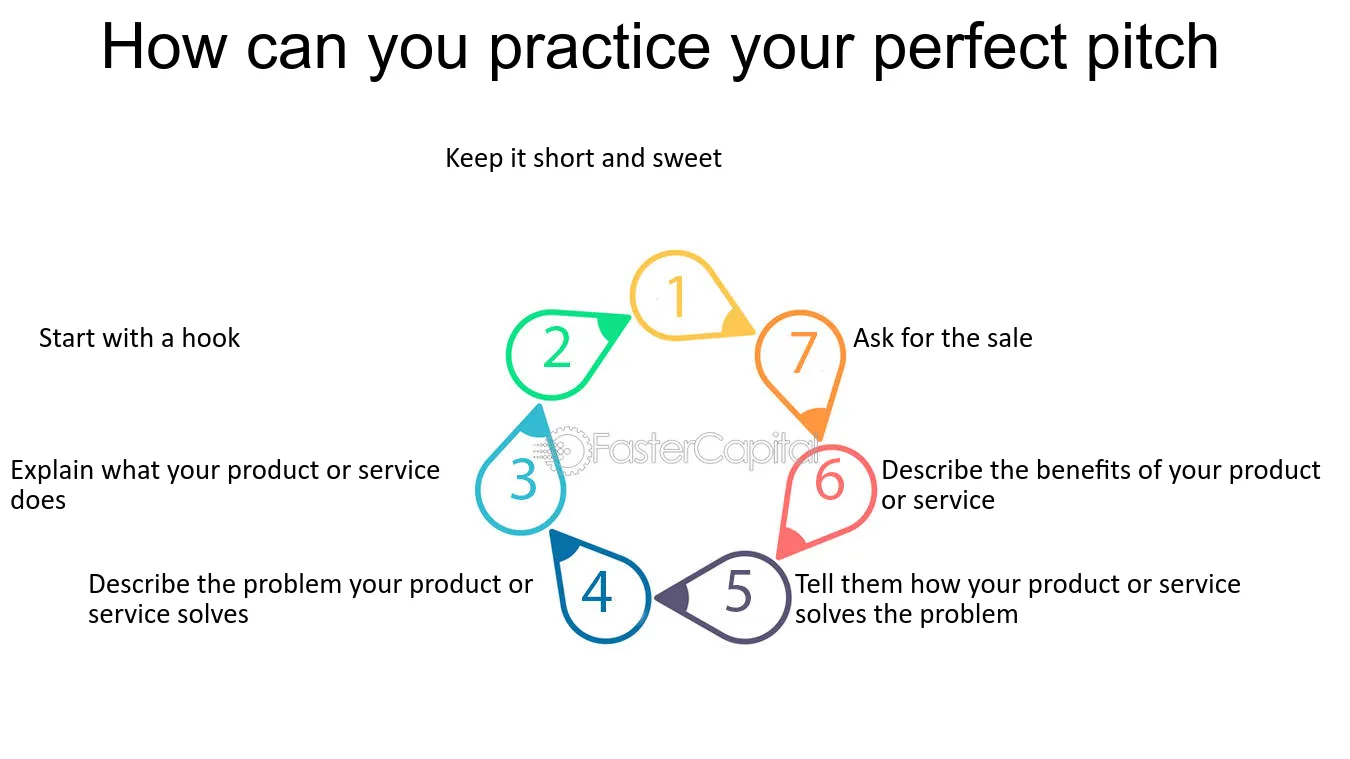How to make the perfect pitch – Page 2 of 2 – StartupSmart
5. Get visual
According to Stough, visual aids are a critical part of pitching.
“They help condense complex problems beyond speech. Getting people or investors to understand the complex problem is half the battle,” he says.
But Brukarz says pitchers must be careful not to become over-reliant on visual aids.
“One of the things I noticed [with the other pitchers at the Young Entrepreneurs Unconvention] was there was way too much text on the screen,” he says.
“People were reading the presentation notes rather than looking at the actual pitcher.”
“Most of the slides in my pitch had one word or one image. That was key to keeping slides really, really short and succinct, and getting people to look at you.”
6. Be brave
While it can be tempting to stay frozen on the spot for the duration of a pitch, or enlist someone else to pitch for you, both are ill-advised.
“To stand out in front of a crowd, you need to be able to move around and know what you’re doing – command the attention of a room,” Brukarz says.
“The danger for new start-ups is no one will ever have the same passion that the original founders will have.”
“No one will be able to communicate that level of passion unless they have an equal level of involvement… I think no one’s going to be able to do it as well as the founder.”
Stough says for most investors, getting someone to pitch on your behalf is a huge no-no.
“It’s okay to get a partner or someone within the company, but for small, start-up-type companies it’s not really the idea that people invest in – it’s the person,” he says.
“That’s been my experience and that is why people like Dave McClure can do so many investments without due diligence – because he’s investing in the person, not the business.”
7. Have a laugh
“In the last slide of my pitch I had the headline, ‘Dragging the property industry kicking and screaming into the 21st century’,” Brukarz says.
“There’s a picture of a security guard dragging Julia Gillard into a car.”
“This [approach] can serve two purposes. It can help to get the audience on your side, but you do run the risk of appearing a bit too jovial.”
“There needs to be a balance between entertainment and humour, and serious hard faces.”
8. Keep it culturally-sensitive
“I deal with a lot of Asian clients, especially out of China and South East Asia,” Brukarz says.
“Business relationships there are on a different level – people don’t always understand why you’re adding humour to a presentation.”
“Research your audience and speak to as many people as possible. For example, would political humour be that acceptable to an Asian audience?”
“Limit your personal views and understand who the crowd is.”

